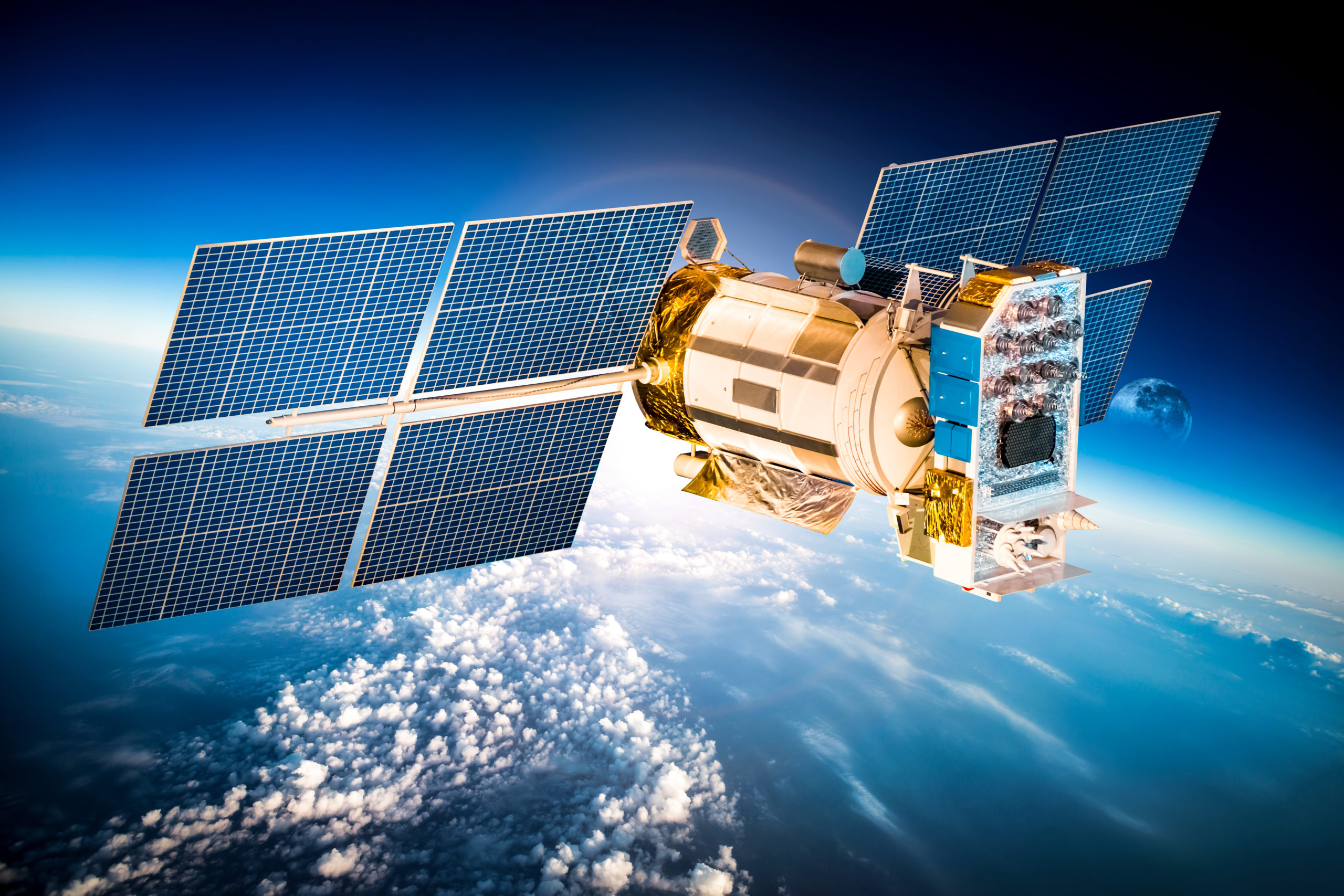Earth stationed solar panels (solar shields) have to contend with Earth’s unique elements like dust, rain, snow, hail, clouds, thermal changes, and other weathering. In space, these elements are absent, generating a benefit seven times more kilowatt hours per year from a single photovoltaic solar panel. Only about 60% of sunlight energy manages to get through all the organic obstacles on its way to the terrestrial surface. Satellite solar panels (SSP) would work no different than the Earth-based shields but clearly have fewer blockades to encounter. With the restrictions of Earth and its atmospheres, satellite solar shields maintain broader freedom to follow the sun’s direction for maximum absorption of sunlight. The panels also have the ability to contract and expand for even greater sun absorption.
SSPs naturally gather solar radiation 24 hours a day nonstop, reflecting enormous amounts of boundless energy on giant mirrors, which bounce onto small solar collectors. That power gets efficiently converted into infrared lasers. These lasers transmit 80% of the collected energy to 10,000 square-foot Earthbound receivers. If an atmospheric incident, like clouds, interrupts the beam, the satellite would redirect the pulse to other receivers on the network. The beam would continue to Earth in a safely controlled transmission via microwave or laser rays.
Microwave Transmission
For microwave transmission to occur, the satellite must be invariably 35,000 KM away from Earth, in a geostationary orbit. Sunlight bounces from enormous mirrors into the satellite’s center. At the center, it is transformed into a perpetual microwave beam carefully directed to Earth. This focused beam remains uninterrupted through clouds, rain, snow, and other atmospheric scenarios. Its intensity is as the noontime sun, providing 1 GW of radiation to a terrestrial collector on Earth. The power released can energize a sizable city. For this power source to occur, it would cost billions in production. Repairs would be all but impossible at that distance from Earth.
Laser Transmission
For laser transmission to occur, the satellite only has to be 400 KM from Earth. The low powered independent satellites collaborate as a group due to their lesser size, combining forces. The cost of this endeavor would be no more than $1 billion. Self-assembling, there would be no risk nor extra expenses after launch. This more inexpensive and fundamental option would be significantly easier to implement due to the small diameter of the focused beam. On the down side, the safety concerns are relatively high on the scale with this transmission. The intensity of the light would be blinding and could be used as a weapon. In addition, signaling would be interrupted during any storms on Earth, having difficulty piercing through rain or clouds.
Self-assembling satellites, inflatable mirrors, and microwave or laser powered transmitters are all shuttled into space. The mirrors are positioned over great distances in space, focusing solar light onto SSPs. These panels transform solar power into either laser or microwave beams of efficient energy then transmitted to terra firma. Earth’s receiving stations aggregate the energy and distribute it into the electric power grid. This performance is a concept right now but is significantly close in becoming a reality through recent innovative developments.
The universe provides unlimited power, yet we are barely beginning to tap into this celestial wealth.







